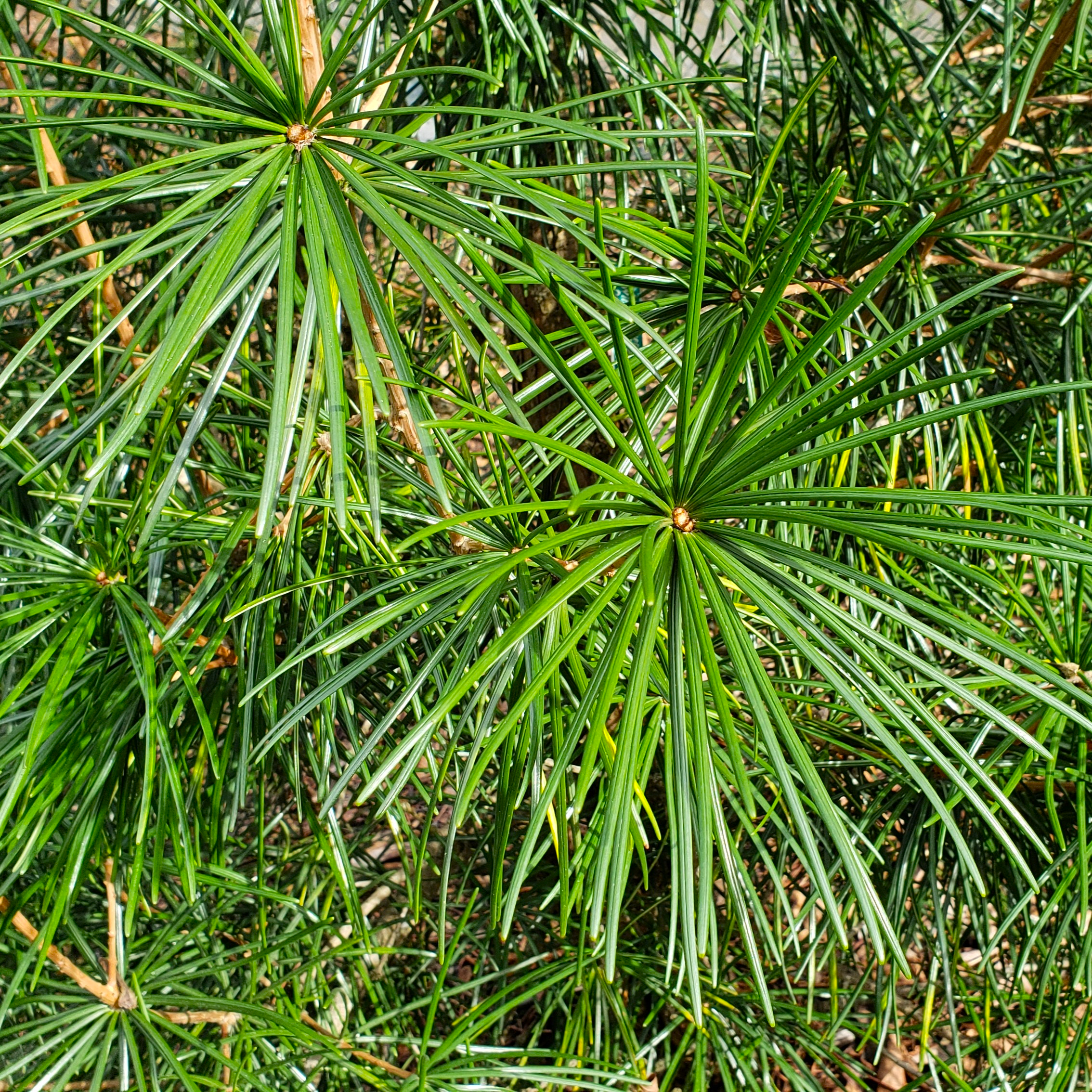
Living Fossils
Peruse our prehistoric plants
We are currently living in the Cenozoic Era, which began 66 million years ago. Also called the Age of Mammals, it is comprised of the Paleogene, Neogene, and Quaternary Periods.
Most of the plants Wanderlust Nursery offers evolved in this era, but our Living Fossils collection highlights the most ancient plant lineages still around today.
The Mesozoic Era, also called the Age of Reptiles or the Age of Conifers, took place from 259.1 million years ago to 66 million years ago. It is comprised of the Triassic, Jurassic, and Cretaceous Periods.
The Cretaceous Period is the most recent in the Mesozoic Era, lasting from 145 million to 66 million years ago. The first flowering plants appeared, including those of the gunnera and palm tree families. Mass geologic movement took place in what is called the Laramide orogeny, and the Cretaceous interior basin formed. This period was punctuated by the famous mass extinction that killed the dinosaurs.
The Jurassic Period is the second period of the Mesozoic Era, lasting from 201.4 million to 145 million years ago. This period was dominated by the widespread presence of dinosaurs, and the first birds appeared alongside an early ancestor of Wollemia nobilis.
The Triassic Period is the earliest of the Mesozoic Era, ranging from 251.9 million to 201.4 million years ago. The first dinosaurs, pterosaurs and ancestors of modern-day reptiles appeared, such as turtles, lizards, and crocodiles. Araucaria and the redwood subfamily Sequoioideae appeared comprised of Giant Sequoia, Coast Redwood, and Dawn Redwood. This period ended with a lesser-known mass extinction that eliminated almost one-quarter of life.
The Paleozoic Era, Greek for “ancient life,” took place from 538.8 million years ago to 259.1 million years ago. It is comprised of six Periods: Cambrian, Ordovician, Silurian, Denovian, Carboniferous, and Permian. Plant lineages from the Denovian Period onward survive today.
The Permian Period is the latest of the Paleozoic Era, ranging from 298.9 million to 251.9 million years ago. The supercontinent Pangaea formed, and it was in this period that fossils of ginkgo trees and cycads were found. This period ended with the largest known mass extinction, with 95% of species lost, and is suspected to have resulted from rapid changes in climate. The umbrella pine family is one of few that survived this extinction event with one species still living today.
The Carboniferous Period is the second last of the Paleozoic Era, ranging from 358.9 million to 298.9 million years ago. Known for sprawling swamp forests and suspected to have been similar to today’s tropical environments, and primitive plants such as the now-extinct seed ferns and clubmoss trees evolved. True ferns emerged from this Period, several genera of which persist to this day.
The Denovian Period is still older, occurring from 419.2 million to 358.9 million years ago. Also referred to as the Age of Fishes, insects first appeared and land plants began to diversify. Woody tissue evolved, which provided structural support for terrestrial life to historically weak-tissued aquatic plants. Nearly a quarter of marine families disappeared at the end of this period, suspected in part due to changes in the atmosphere due to the explosion of forests.







